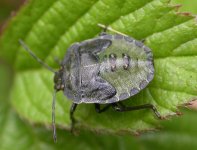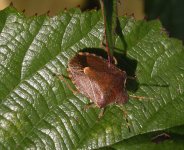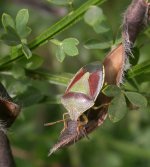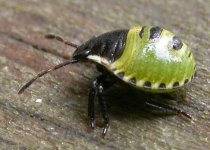Fuchsia
Bug Babe
Lol Harry. Nice one Alan, good to see something 'odd'.
I'm sure these aren't but I'm pretty sure they haven't been on here before - maybe in different stages. One is a nymph and it's so hard to find pics of anything but adults on the www.
Jen
I'm sure these aren't but I'm pretty sure they haven't been on here before - maybe in different stages. One is a nymph and it's so hard to find pics of anything but adults on the www.
Jen








